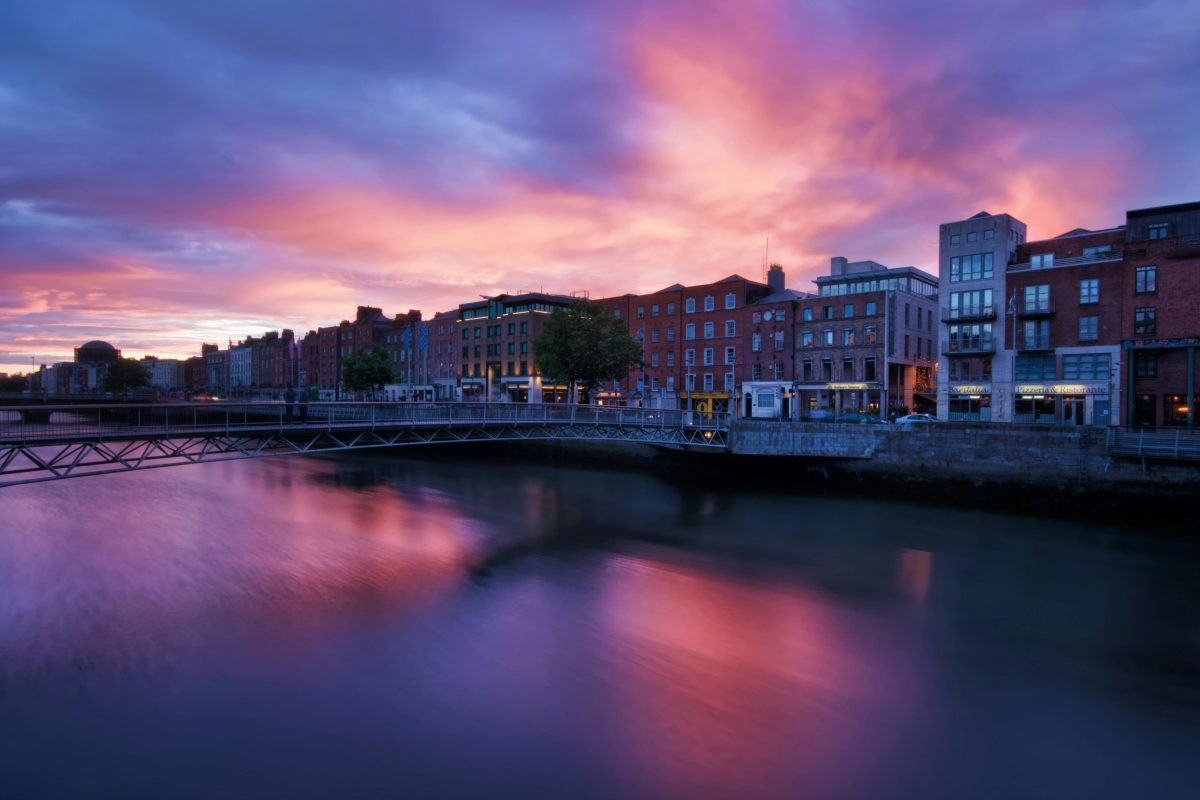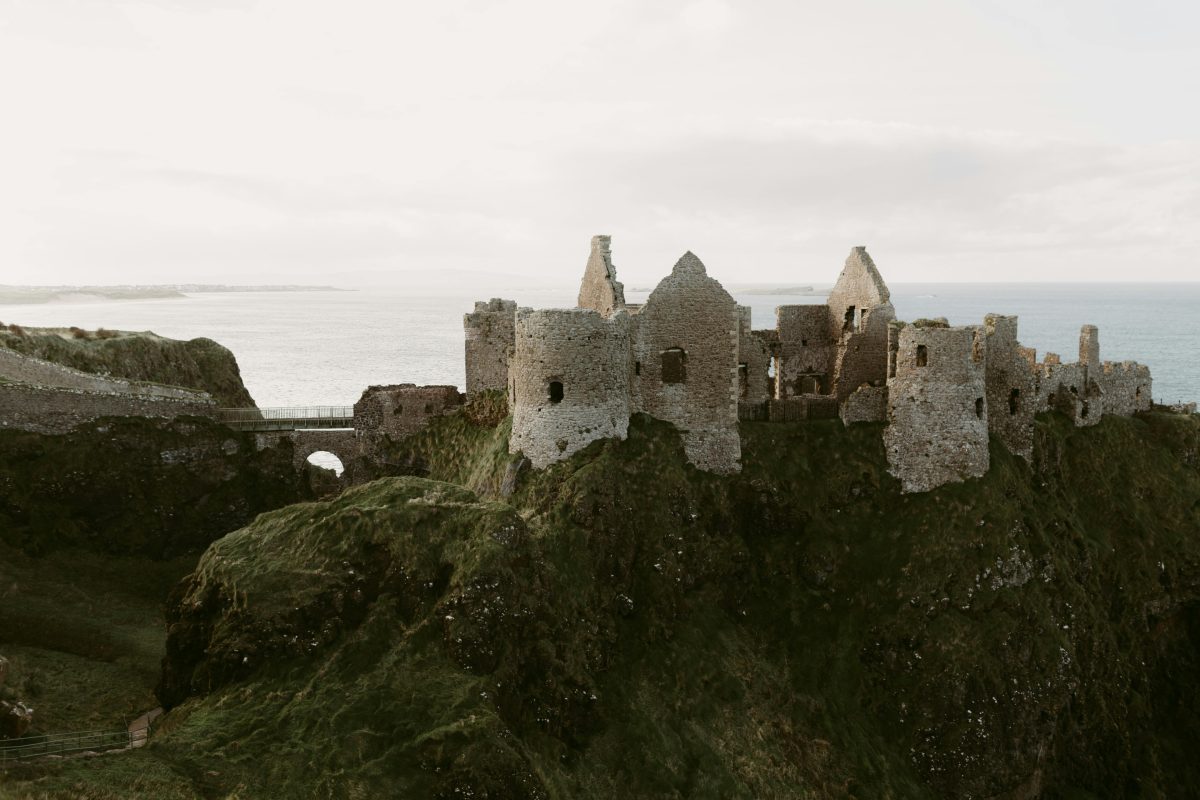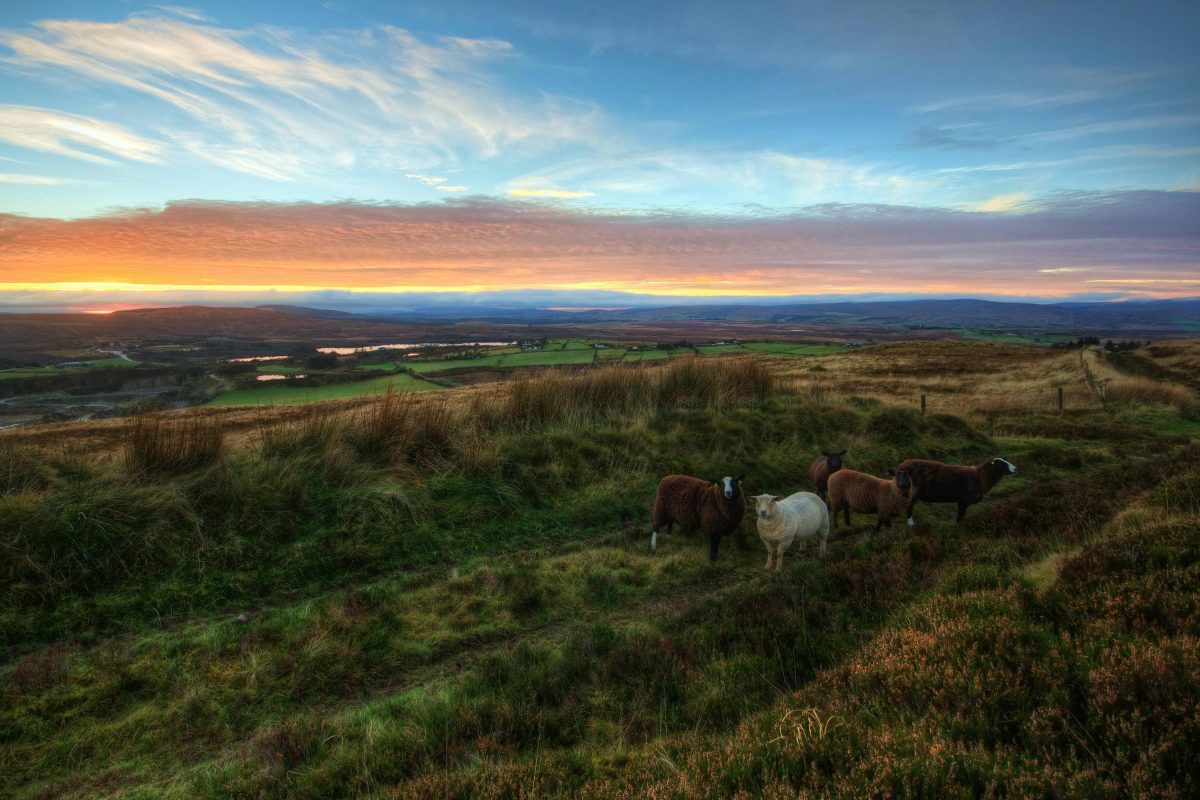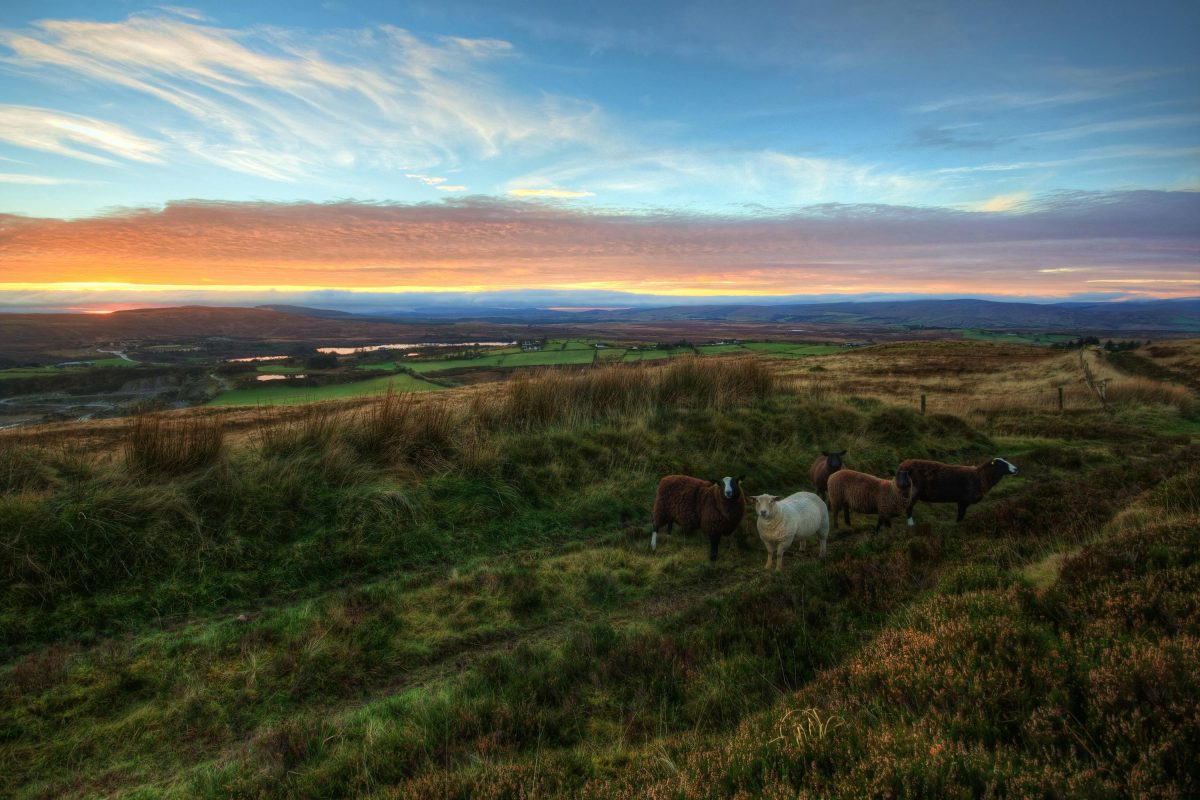Mary Robinson’s Historic Speech: How a Quiet Child of Ballaghaderreen Became the Voice of a Nation
Estimated reading time: 5 minutes
Key Takeaways
- Mary Robinson was the first woman President of Ireland.
- Her 1992 UN speech emphasized women’s rights as human rights.
- Robinson’s legacy has inspired activism in Ireland and beyond.
Table of Contents
Introduction
The Heart of the Story
The Wider Echo
The Now & The Next
Did You Know?
FAQs
Final Word
Introduction
In the heart of Roscommon, where the River Shannon flows with the weight of history, a girl named Mary navigated a world laden with expectations. From Ballaghaderreen’s quiet streets, she emerged—an architect of change, a voice of resilience. A memory of those who dared to hope, she stood before the United Nations in 1992, shifting the very course of a nation. It was a speech not just of words, but of passion, and echoes still reverberate today.
The Heart of the Story
Born on the cusp of the 1940s, Mary Robinson was shaped by a world that whispered of limitations and softly closed doors. Yet she burst forth into the realms of political life, armed with an intellect as sharp as the peaks of her native Ireland. In 1990, she made history as the first woman President of Ireland, ushering forth a new era with her bold vision of equality and justice.
But it was her speech to the United Nations in 1992 that would etch her name into the annals of Irish history. Standing before a global audience, she addressed the fundamental rights of women and the theme of human dignity—her presence a beacon for those still shackled by injustice. Her words—”Human rights are women’s rights and women’s rights are human rights”—challenged the world to listen, igniting sparks of hope among the oppressed. In that moment, the quiet child of Ballaghaderreen transformed into a resounding voice of the nation, a clarion call against oppression, echoing across the globe.
The Wider Echo
Robinson’s legacy transcends borders and generations. She became a symbol of Ireland’s evolution; her presidency marked a departure from a past steeped in silence—especially regarding women’s rights. This pivotal moment sparked a renewed consciousness for social justice, deeply impacting the Irish psyche and inspiring a wave of activism that is palpable today. From the marriage equality movement to the fight against domestic violence, Mary Robinson’s voice was a catalyst. The power of her message resonated, intertwining with the spirit of a country that had longed to stand tall.
The Now & The Next
Today, as we grapple with issues from climate change to systemic inequality, the heartbeat of Robinson’s message thrums with urgency. The challenges may have evolved, but the essence of her advocacy remains. Ireland’s young activists—emboldened by Robinson’s example—continue to rise, fueling movements that fight for a better future. In a time of crises, her voice reminds us that every word spoken in defense of justice carries the weight of generations longing for change.
Did You Know?
- Mary Robinson served as the UN High Commissioner for Human Rights from 1997 to 2002, becoming a key figure in global human rights advocacy.
- Her impact on Irish society is profound, with many citing her presidency as a tipping point for women in politics and leadership roles in Ireland.
FAQs
What motivated Mary Robinson to engage in human rights activism?
Robinson’s deep-rooted belief in social justice and equality was influenced by her background, her legal career, and the societal changes occurring in Ireland during her formative years.
How did Mary Robinson’s presidency change Ireland?
Robinson’s presidency heralded a more progressive Ireland, addressing women’s rights and introducing a sense of global responsibility. Her legacy continues to inspire future leaders.
Final Word
As we raise our glasses and reminisce about the fierce spirit of Ireland, let us remember Mary Robinson—a woman who became the echo of our collective heartache, hope, and aspiration for a just world. Her journey from a quiet town in Roscommon to the grand stage of global human rights advocacy is a testament to the enduring Irish spirit. If you carry the same pride we do, you’ll find a piece of home waiting at
HubIrish.com.










